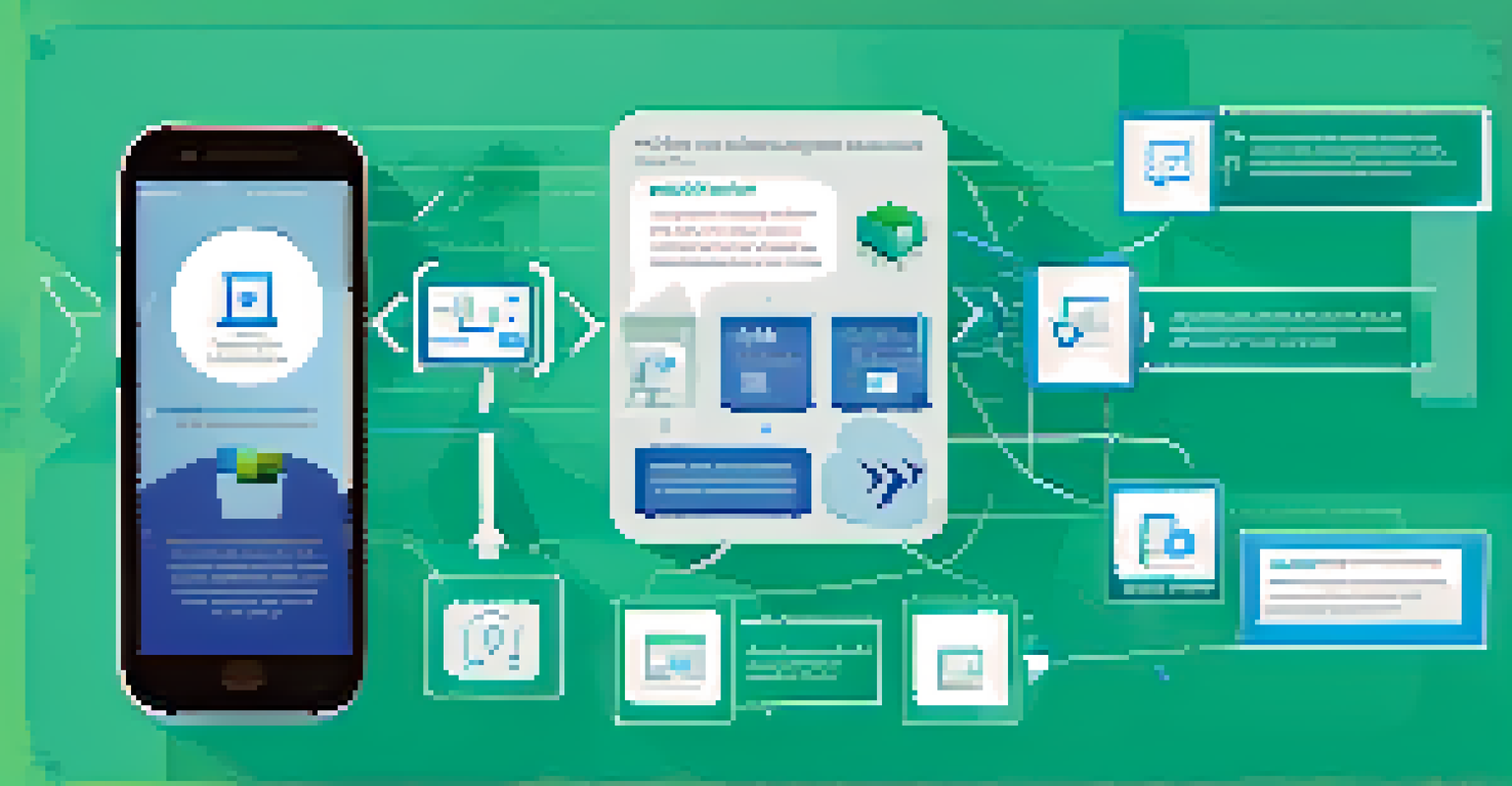The Role of Multi-Factor Authentication in Identity Security

What is Multi-Factor Authentication (MFA)?
Multi-Factor Authentication, or MFA, is a security measure that requires users to provide two or more verification factors to gain access to a resource. This approach adds an extra layer of protection beyond just a username and password. By requiring multiple forms of identification, MFA significantly reduces the risk of unauthorized access.
Multi-factor authentication is one of the most effective ways to prevent unauthorized access to your accounts.
For example, after entering your password, you might also need to enter a code sent to your mobile device. This means that even if someone steals your password, they still can’t access your account without that second factor. MFA is a crucial element in modern identity security strategies.
In essence, MFA makes it much harder for cybercriminals to breach accounts, as they would need more than just one piece of information to do so. This added complexity is what makes MFA a vital tool for businesses and individuals alike.
Why is MFA Important for Identity Security?
The importance of MFA cannot be overstated, especially in a world where cyber threats are increasingly sophisticated. Cybercriminals often use techniques like phishing to steal passwords, but with MFA, they face an uphill battle. Even if they obtain your password, they still need the second factor to gain access.

Consider this: a study found that accounts secured with MFA are 99.9% less likely to be compromised. This staggering statistic illustrates how effective MFA can be in protecting your sensitive information. It acts as a robust barrier against unauthorized access.
MFA Enhances Security Significantly
Multi-Factor Authentication greatly reduces the risk of unauthorized access by requiring multiple forms of verification.
In today’s digital landscape, where data breaches are commonplace, implementing MFA is a proactive step toward safeguarding your identity. It not only protects your accounts but also helps maintain your peace of mind.
Common Types of Multi-Factor Authentication
MFA can take various forms, and understanding these options is key to effective implementation. The most common types include something you know (like a password), something you have (such as a smartphone), and something you are (biometric data like fingerprints). Each type adds a unique layer of security.
In today's digital world, protecting your identity is more important than ever, and multi-factor authentication is a critical step in that direction.
For instance, a bank might require a password and a one-time code sent to your phone for online transactions. Other examples include using fingerprint scanners or facial recognition features on smartphones. These diverse methods cater to different user preferences and security needs.
Ultimately, the goal is to combine these factors in a way that enhances security without compromising user experience. This flexibility makes MFA a versatile solution for various applications, from personal accounts to enterprise-level security.
How to Implement MFA in Your Organization
Implementing MFA in your organization starts with assessing the current security landscape. Identify critical systems and accounts that would benefit most from added layers of security. Involving all stakeholders, from IT to executive leadership, can ensure a comprehensive approach.
Once you’ve pinpointed key areas, choose an MFA solution that aligns with your organization’s needs. This might involve deploying software that generates one-time codes or leveraging biometric technologies. Training employees on how to use these systems is equally important to ensure smooth adoption.
User Education is Crucial for MFA
Training users on MFA processes helps overcome resistance and ensures a smoother implementation.
Regularly reviewing and updating your MFA strategy will help address new security challenges as they arise. By staying proactive, you can significantly enhance your organization’s cybersecurity posture and protect sensitive data.
Challenges of Multi-Factor Authentication
While MFA offers significant security advantages, it’s not without its challenges. One common issue is user resistance; some people find the process cumbersome and may inadvertently skip steps. This reluctance can lead to vulnerabilities if not addressed properly.
Additionally, there can be technical difficulties, such as issues with receiving authentication codes or problems with biometric scanners. Ensuring that your chosen MFA method is reliable and user-friendly is crucial for maintaining security without frustrating users.
Addressing these challenges requires clear communication and support. By educating users about the importance of MFA and providing assistance during the implementation phase, organizations can foster a culture of security awareness.
The Future of Multi-Factor Authentication
As technology evolves, so too does the landscape of cybersecurity, including MFA. Future developments may introduce even more advanced methods of authentication, such as behavioral biometrics or AI-driven security measures. These innovations promise to make MFA even more robust and user-friendly.
For example, future systems could analyze user behavior patterns to determine whether access requests are legitimate. This would further add to the security framework, making it difficult for unauthorized users to impersonate legitimate ones. Such advancements could revolutionize how we approach identity security.
Future Innovations in MFA
Emerging technologies like behavioral biometrics promise to make Multi-Factor Authentication more advanced and user-friendly.
Staying informed about these trends will be essential for individuals and organizations aiming to protect their digital identities. Embracing advancements in MFA technology will help ensure ongoing security in an ever-changing digital landscape.
Best Practices for Using Multi-Factor Authentication
To maximize the benefits of MFA, adhering to best practices is essential. First, always opt for the most secure methods available, such as biometric authentication, over simpler options like SMS codes. While SMS is better than no MFA, it can be vulnerable to interception.
It's also wise to regularly review and update your MFA settings. Ensure that all team members are using MFA on critical accounts and that they understand its importance. Providing ongoing training can help reinforce security protocols and maintain a strong security culture.

Finally, encourage users to report any issues or concerns regarding MFA. Open communication channels can help identify vulnerabilities and improve the overall effectiveness of your security measures.